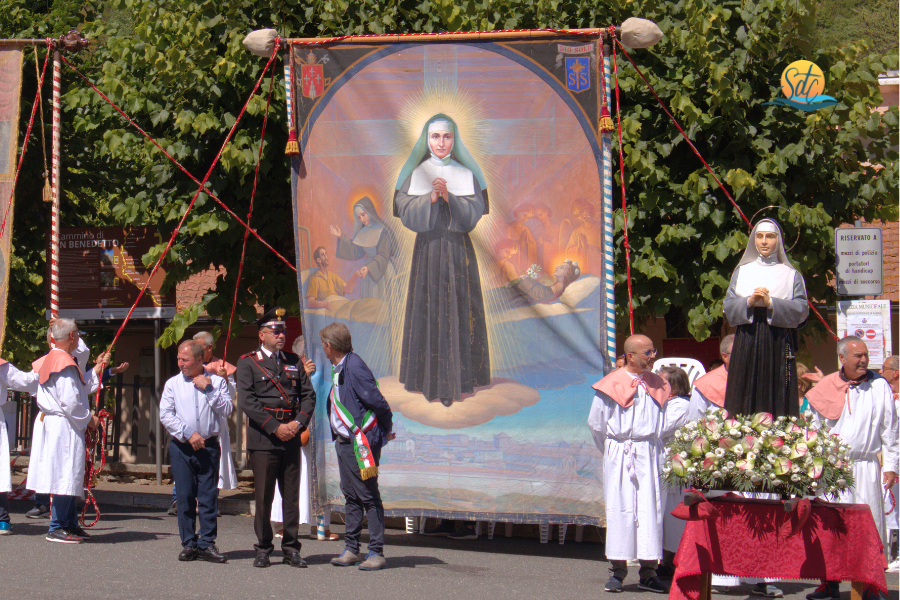Rome’s oldest hospital, the Santo Spirito, is just a stone’s throw from the Vatican. Just a few steps from the place where the first Christian martyrs and St Peter himself were executed.
Great saints have passed through these walls to visit and comfort the sick: Filippo Neri, Carlo Borromeo, Giuseppe Calasanzio, Vincenzo Pallotti, Giovanni Bosco.
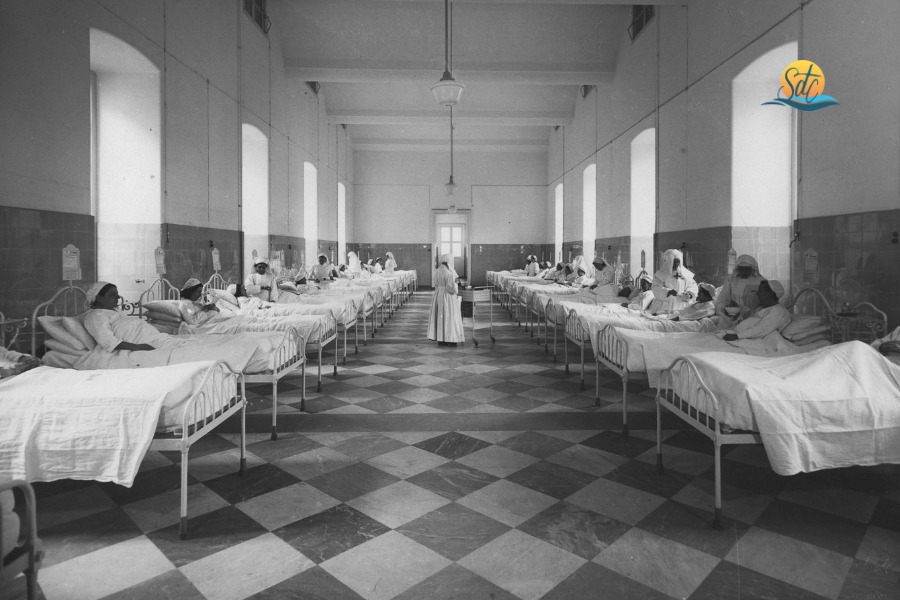
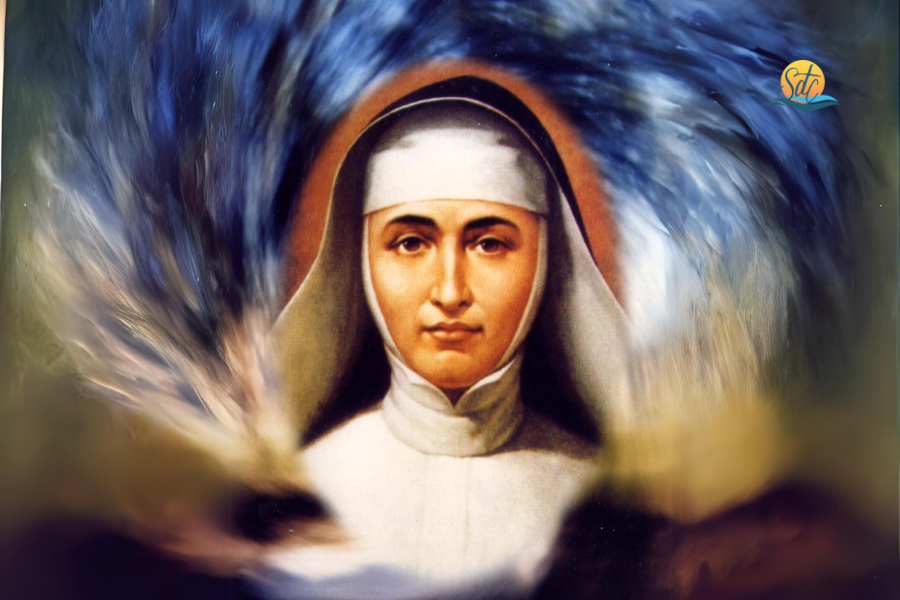
And here found death, and glory, a little sister of the poor, whom the Pope raised to the honour of the altars on 18 April 1999. Sister Agostina, born Livia Pietrantoni, was killed there on the morning of 13 November 1894 by a tuberculosis sufferer, Giuseppe Romanelli. A tragically random episode, on the surface. The act of a deranged madman, one would say. But for the people of Rome, who know how to recognise saints, it was not so, right from the start.
On the day of Sister Agostina’s funeral, traffic was blocked in Rome. Il Messaggero of 16 November 1894 reported:
“Never was a more impressive spectacle seen in Rome. From one o’clock in the afternoon, the vicinity of the hospital of Santo Spirito and all the streets through which the cortege was supposed to pass were crowded with people to the point of making circulation difficult’. Thousands of people lined the roadsides, kneeling as the body passed by. “And it was not the usual long line of soldiers lined up, the crowd of officialdom of rare and dazzling colours,’ commented the chronicler of Il Tempo: ‘It was the people as a whole; it was the Rome of the people; it was the gentle, charitable holy Rome that gave its last farewell to her who, sacrificing palpitations, thoughts, life had given herself angelically to charity, to the relief of the wretched…”.
On the hearse stood the wreath of flowers of the Jewish community, which bore the inscription: “To the martyr of charity”. Behind the coffin was Professor Achille Ballori, director of the hospital and Deputy Grand Master of Freemasonry, who would also die, assassinated, in 1914, in the atrium of Palazzo Giustiniani. It was he who had warned Sister Agostina about that Romanelli, it was he who had drawn up the death certificate and performed the autopsy.
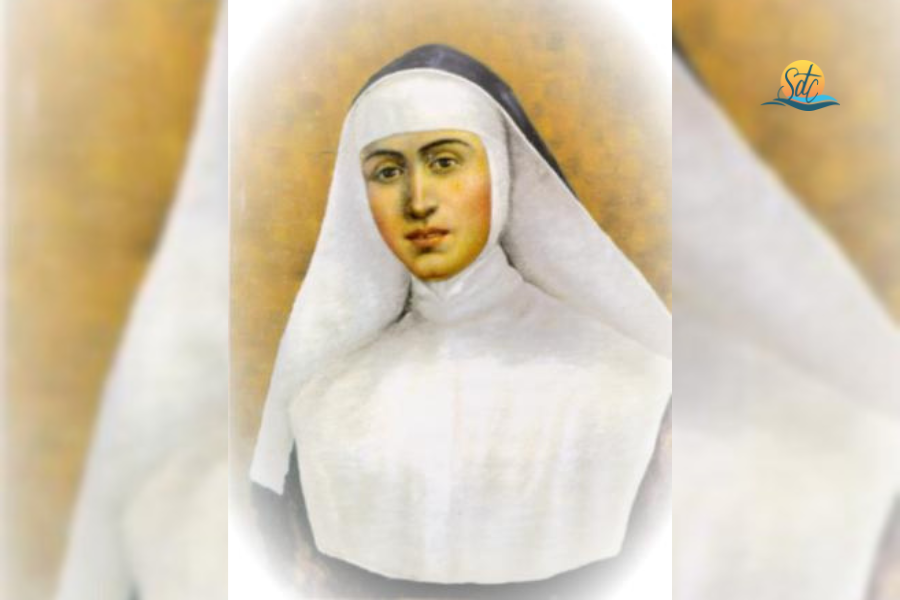
Sister Agostina had entered that hospital on 13 August 1887, immediately after receiving the religious habit. She was twenty-three years old.
Professor Ballori took over as director of the hospital three years later. His first act was to expel the 37 Conceptionist Fathers who took care of its spiritual care. They had gone out in procession once and for all, crosses on their heads, singing the Magnificat.
With the crucifixes and sacred images removed, the remaining nuns were forbidden to pray in public, to speak of God to the sick, to offer them religious comforts.
That is why she was soon sent to the adult ward. Difficult, and sometimes dangerous. The climate, as has been said, was not favourable to the presence of the sisters. They often had to put up with difficulties, insults, obstructions of all kinds, and carry out their work of witnessing in silence. Dr Buglioni, in service at Santo Spirito, left a memory of her: “Always very sweet, she lent herself to doing not only what was her duty, but even more and very willingly; prompt, humble, cheerful”.
The last five years of her life were spent in the ward among the tuberculosis patients. The silence of her passing was filled with gestures of charity. An eyewitness recalls of her:
“In the evening, before retiring, she did not fail to approach the beds of the most serious and the most dangerous; she would recommend pillows to them and say a few good words to them. It sometimes happened that strange or disgruntled patients would do her some rudeness, such as throwing the plate of food on the floor or even on her. Even in these cases, sister Agostina did not lose her patience and treated them severely”.
One day, for taking a knife from a patient, she was attacked and beaten, so much so that the sisters began to fear for her. “We are very exposed, but the Lord watches over us”, replied Sister Agostina, “and therefore we must not neglect our duty of charity to escape danger, even if it costs us our lives… We must expect everything. This is how Jesus was treated”.
Giuseppe Romanelli was a convicted criminal, known in Rome by the nickname ‘Pippo er Ciocco’. The police and hospital management knew of his turmoil and when he was expelled from the ward for intemperance, he threatened Sister Agostina, who had nothing to do with it, with revenge on her.
She wrote on a note: “Sister Agostina, you only have a month to live, you will die by my own hand”. On the evening of 12 November 1894, the sisters, concerned about her health, invited her to take a few days’ rest. Sister Agostina replied: “We will have to lie down so long after death that it will be better for us to be on our feet a little while we are alive”.
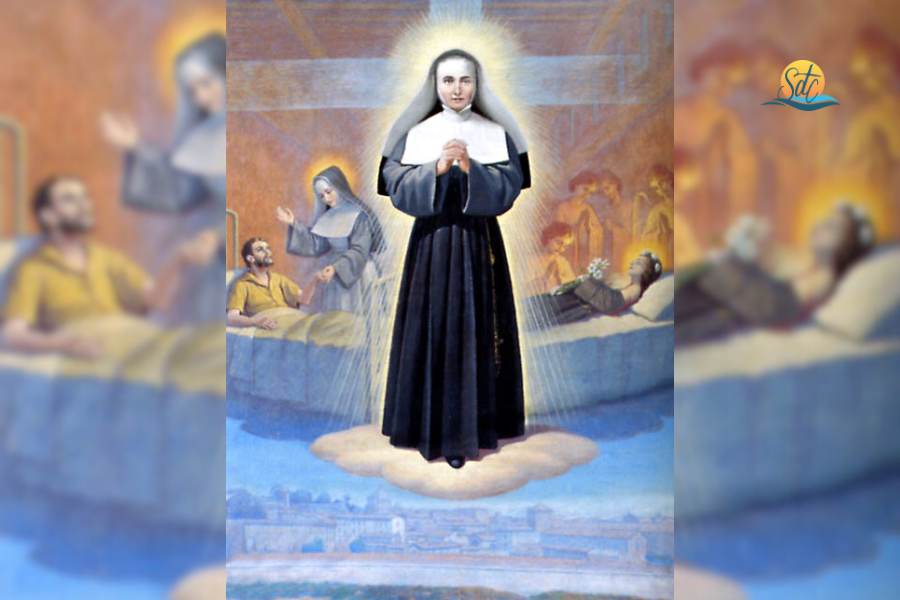
On the morning of 13 November, the murderer waited for her in a dark corridor leading to the pantry. Three blows to the shoulder, left arm and jugular before she could realise what was happening. Then, after a scuffle with the only witness to the scene, Romanelli plunged the dagger into her chest. “Madonna mia, help me”, were her last words.
From an article by Giovanni Ricciardi, 30Giorni, No. 4 1999
“Formed in the school of St Jeanne Antide Thouret, Sister Agostina understood that love for Jesus demands generous service towards one’s brothers and sisters. For it is in their faces, especially those of the most needy, that the face of Christ shines. “God alone” was the “compass” that oriented all her life choices. “Thou shalt love”, the first and fundamental commandment placed at the beginning of the “Rule of Life of the Sisters of Charity”, was the source of inspiration for the new Saint’s gestures of solidarity, the inner drive that sustained her in the gift of self to others. Willing to make any sacrifice, a heroic witness to charity, she paid the price of fidelity to Love with blood. (John Paul II, homily Canonisation, 18 April 1999)”.
